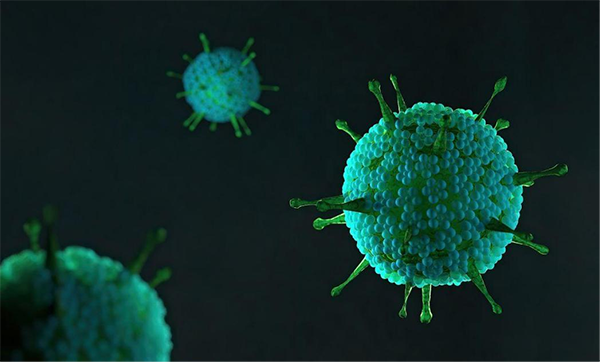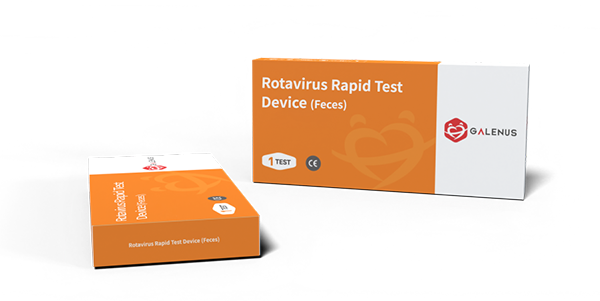Follow our latest developments
Rotavirus is the leading pathogen of severe diarrhea in children under 5 years old worldwide, causing approximately 900000 child deaths annually, with developing countries accounting for 85% of deaths. High incidence areas include:
Southeast Asia/Sub Saharan Africa: In areas with weak sanitation conditions, the detection rate of rotavirus in children with diarrhea cases is 50% -60%, and the in-hospital mortality rate is 4.7% (2023 data);
Poor communities in South America: Water pollution has led to an outbreak of the epidemic, with an infection rate of over 70% among children under 5 years old.

Vulnerable populations and health hazards
High risk population:
Infants and young children aged 6 months to 2 years old: accounting for 80% of infection cases, with the highest risk of severe dehydration;
Children with immunodeficiency: The mortality rate after infection is 3-5 times higher than that of healthy children;
Childcare institutions/nursing homes: The outbreak rate of clustered infections is 30% -50%.
Health hazards:
Watery diarrhea and dehydration: Severe children with more than 10 bowel movements per day have a 40% risk of dehydration;
Secondary malnutrition: Repeated infections lead to a 15% increase in growth retardation rates (data from developing countries).

Route of transmission
Fecal oral transmission: accounting for 90% of infected cases, the virus is transmitted through contaminated water sources, food, or contact;
Environmental pollution: Rotavirus can survive in feces for 7-14 days and continue to spread after contaminating toys and clothing;
Occasional respiratory transmission: Animal experiments have confirmed the possibility of aerosol transmission, but it accounts for less than 5%.
Comparison of detection techniques and advantages of colloidal gold method
Testing method |
Sensitivity |
Specificity |
Testing time |
Applicable scenarios |
Colloidal gold method |
85%-90% |
95% |
10-15minutes |
On site screening, rapid response to epidemic outbreaks |
PCR |
90% |
99% |
4-6hours |
Laboratory classification and precise diagnosis |
Virus cultivation |
50%-60% |
100% |
7-14days |
Research/Special Typing Needs |
Core advantages of colloidal gold method:
Instant diagnosis: Results will be available within 15 minutes, assisting in early screening and control for childcare institutions and remote areas;
Zero threshold for operation: No need for equipment or professional personnel, can be tested at home;
Fecal sample suitability: For infants and young children with diarrhea, the detection rate is 30% higher than that of respiratory samples;
Outstanding cost-effectiveness: The cost of a single test is only 1/15 of PCR, making it suitable for large-scale screening.

Galenus Medical's Rotavirus Rapid Test Device for rotavirus is based on colloidal gold immunochromatography technology, which captures rotavirus antigen through a double antibody sandwich method and forms a color band; Support direct detection of fecal samples without centrifugation or pretreatment. Can be used in kindergartens and community hospitals to quickly identify the source of infection and block the transmission chain; Large scale screening in impoverished areas to reduce severe illness and mortality rates.